As it happens, my New Year starts off rather colourfully. First off, my head is buried in a very fine church incense blend, made according to some monks’ idea of alchemy. Why they would use kitchen spices to color the frankincense from Oman red and blue is anyone’s guess, but overall, it all smells divine. The monks of yesteryear got it just right.

Then, to honor people’s generosity, I take for a ride two Tarot decks that were sent to me by two of my cartomancy students as a present. As it also happens, although these two have nothing in common other than the name, Tarot, they share a love of color and quirkiness.
The Pipspeak Tarot made by Zaara Kitenshops falls under the category ‘cute as the cutest thing,’ while the large format Wicca Moon Tarot made by Shirlee depicts the colors of real life members in a South-East London magical community.

The more I look at the pervading colors in both these tarots, the more I think about how color is the very thing that signals just how personal these tarots are for their creators. Which is a good thing, as it always warms my heart to see artists making art for their own sake, rather than for the sake of others, in the process trying to imagine what we all want and often failing at second-guessing. Nothing is more trite than playing with art and colors in order to please others.
I gave the Pipspeak Tarot a little squeeze, and then cast three cards on my table. I had focus on my mind, what with the new year presaging on it. When it comes down to it, what most of us want is to put the old year us behind, and think about what needs to be done in the year that’s ahead of us. Although I don’t make any long terms predictions for myself – as I’m still too Zen for any kind of temporality – I take the message from the string of cards that feature the Ace of Coins, the World, and 5 Swords to my heart: focus on your resistance… and keep going, as per the Charioteer in the wings.
I’m not keen on considering any swords in my life right now, but since I know exactly what I’m resisting, I heed attention. Not so strangely with these colors – some also used for gold and rainbow glittering blocks – I feel that whatever my resistance may be, it is no match for the cuteness that arises from the invitation to simply just be joyful about everything. Even pain can be tied with a pink ribbon, and thought of as a special gift…
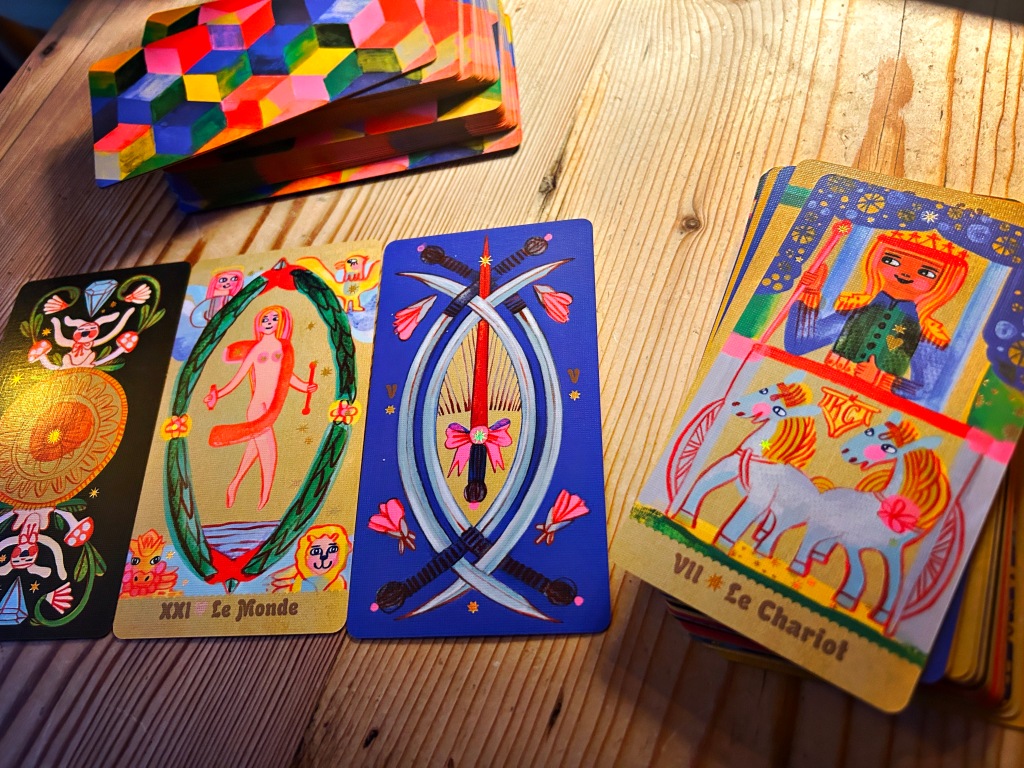

Collaboratively in theme, the Wicca Moon Tarot provided a similar message, albeit my focus while using these cards shifted to thinking about what I love. If I have to deal with resistance, I might as well consider how I’m doing in the ‘love’ department. Two Pentacles, 5 Wands, and the Emperor didn’t even leave much to the imagination, as the suggestion to collaborate towards creating some value while waiting for spring, when I can give my projects a boost, was very clear. Not only that, but if I have to consider what the Emperor stands for, then I’m right there with the notion of what is already beyond any settled negotiation.
As the bottom card from the cut deck, the surprise card, features both the King and Queen of Pentacles working together – a quirk of the Wicca Moon Tarot to depict the court cards as a couple, rather than as individuals – I took this image as a validating point: work on it together, then let it spring into power.


All in all, if we may not all get to do what we love in the new year, it pays off to think about the the tools that inspire us to color our experiences. We can use them to settle our ambiguities.
I appreciate these two gifts that speak the language of color, for indeed, if silence is always the gift we can give ourselves when we’re in doubt about anything, color can act as a counterpart to the silence that brings clarity to our thoughts and emotions.
Happy New Year to all, and stay tuned for all things cards, books, art, and scents.

*
For a sustained practice with the cards:
- Join the Read like the Devil Club.
- Visit also Aradia Academy and sign up for the newsletter that will keep you informed on upcoming courses and cartomantic activities. Note the Off the Shelf offering that also includes free resources.
- Check out my books on the philosophy and practice of divination at EyeCorner Press.
- Get a reading. When I perform a reading, I also teach, simply because I can’t help myself, so you will be twice served.

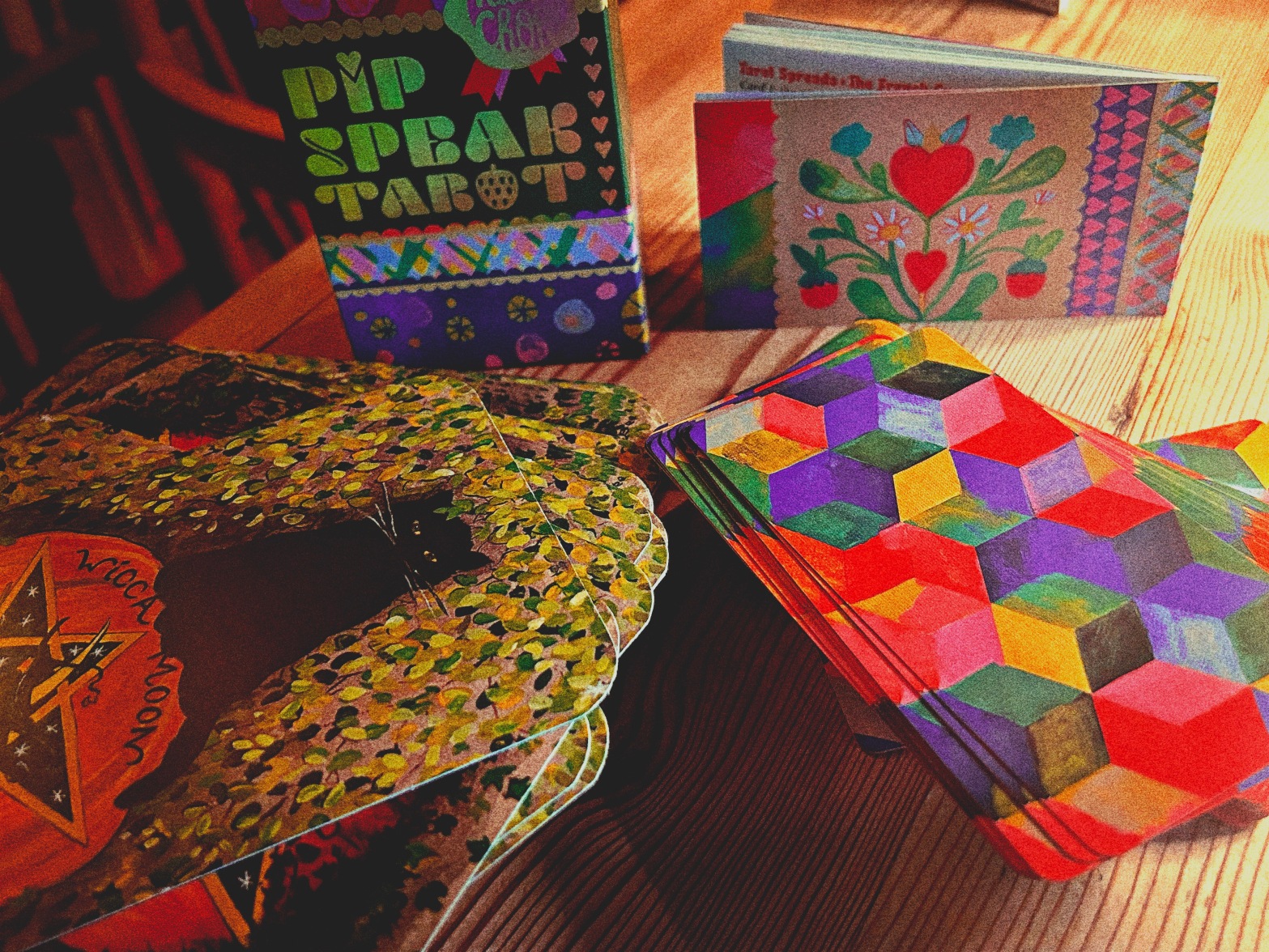

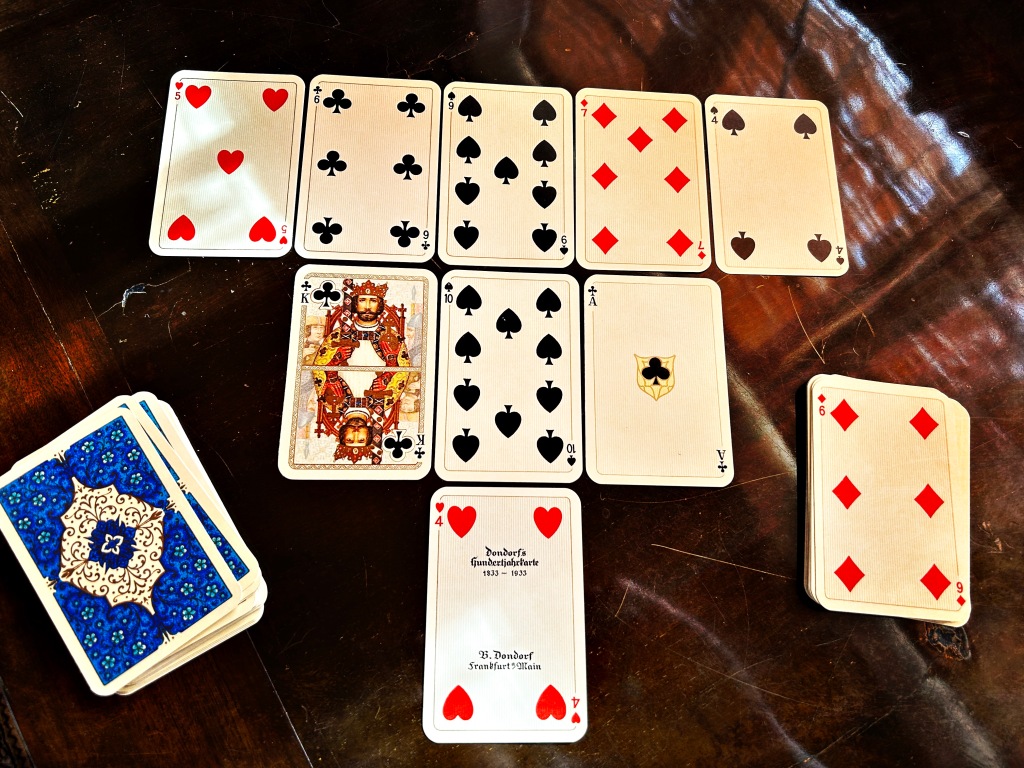




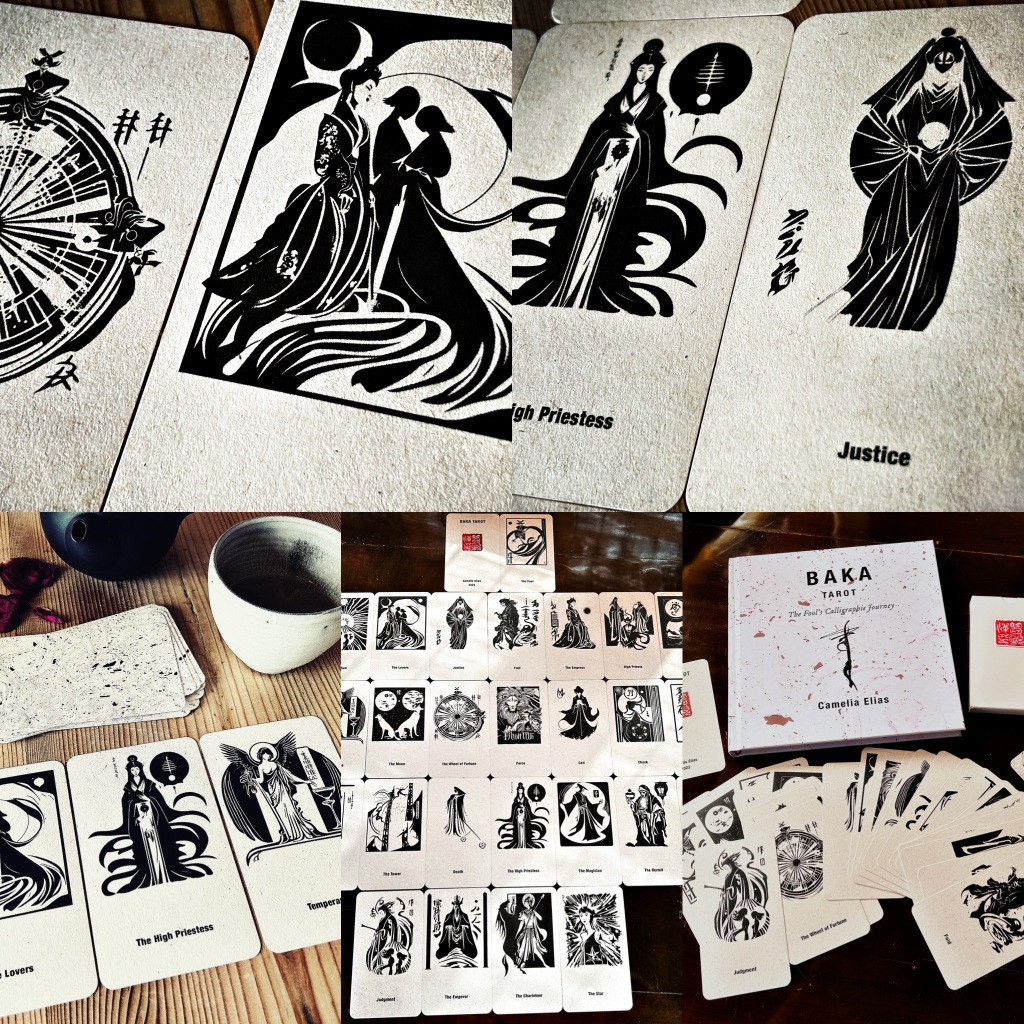

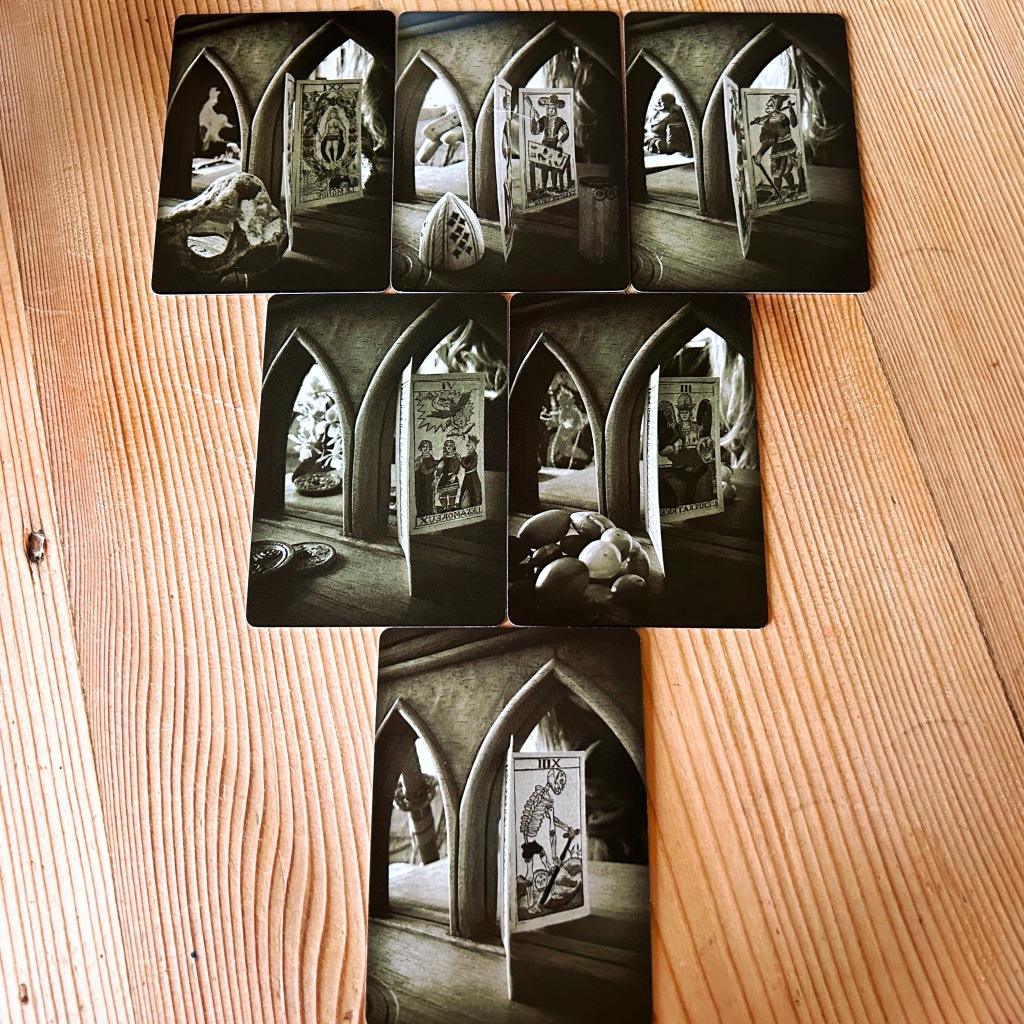



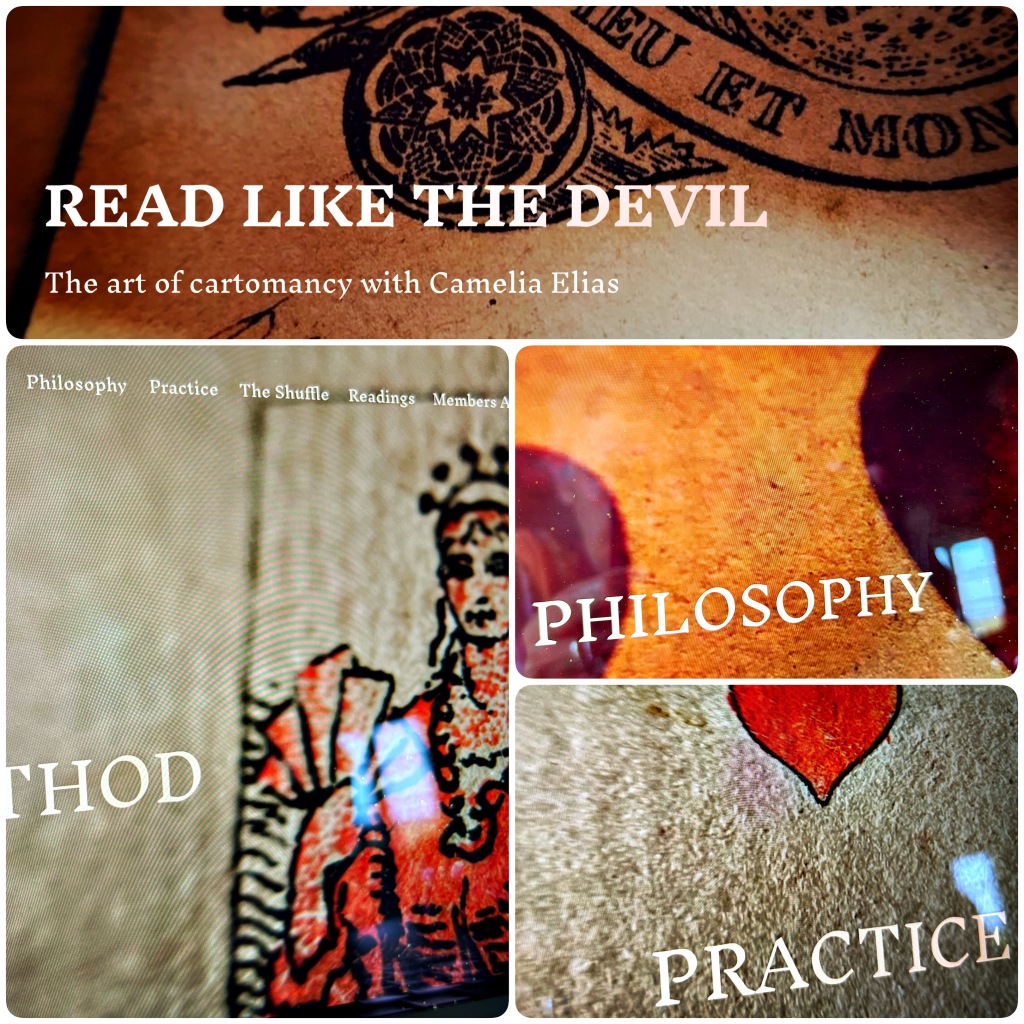
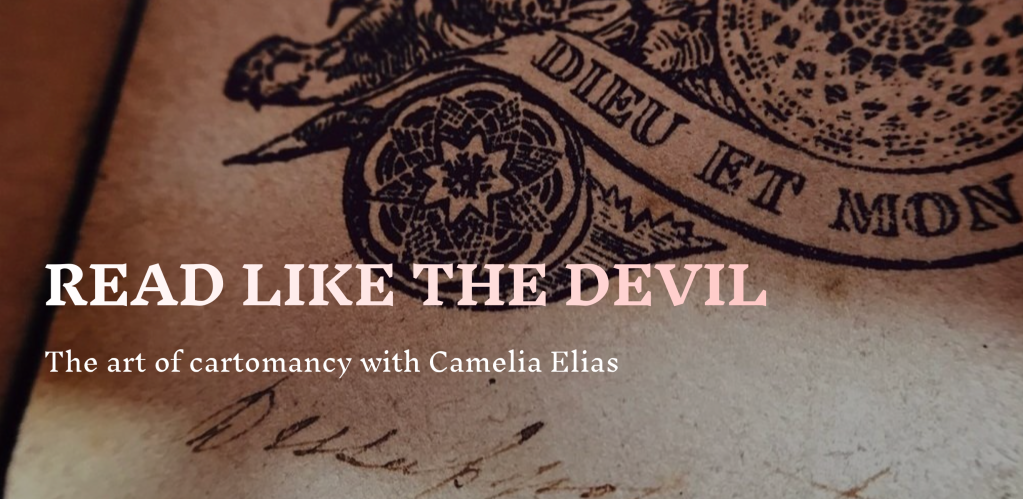









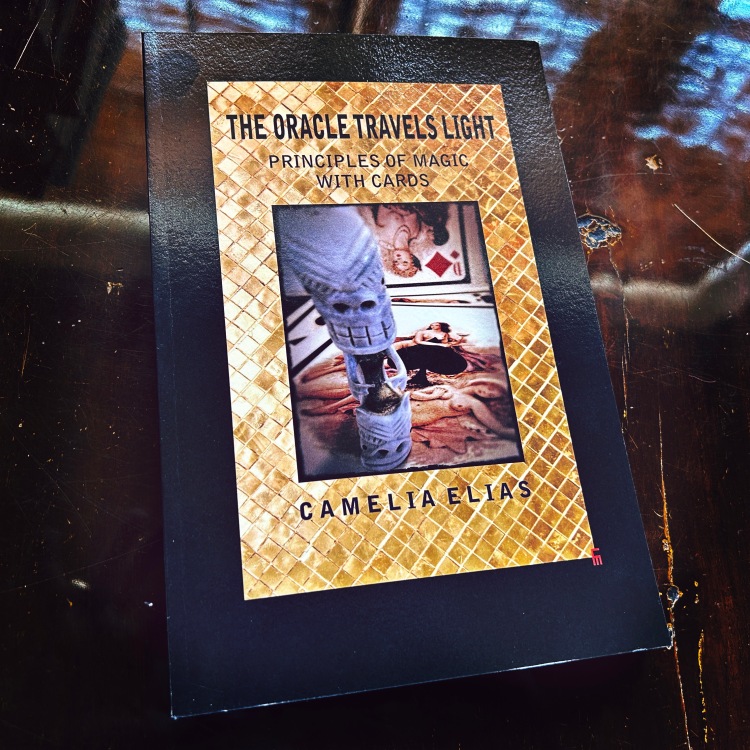
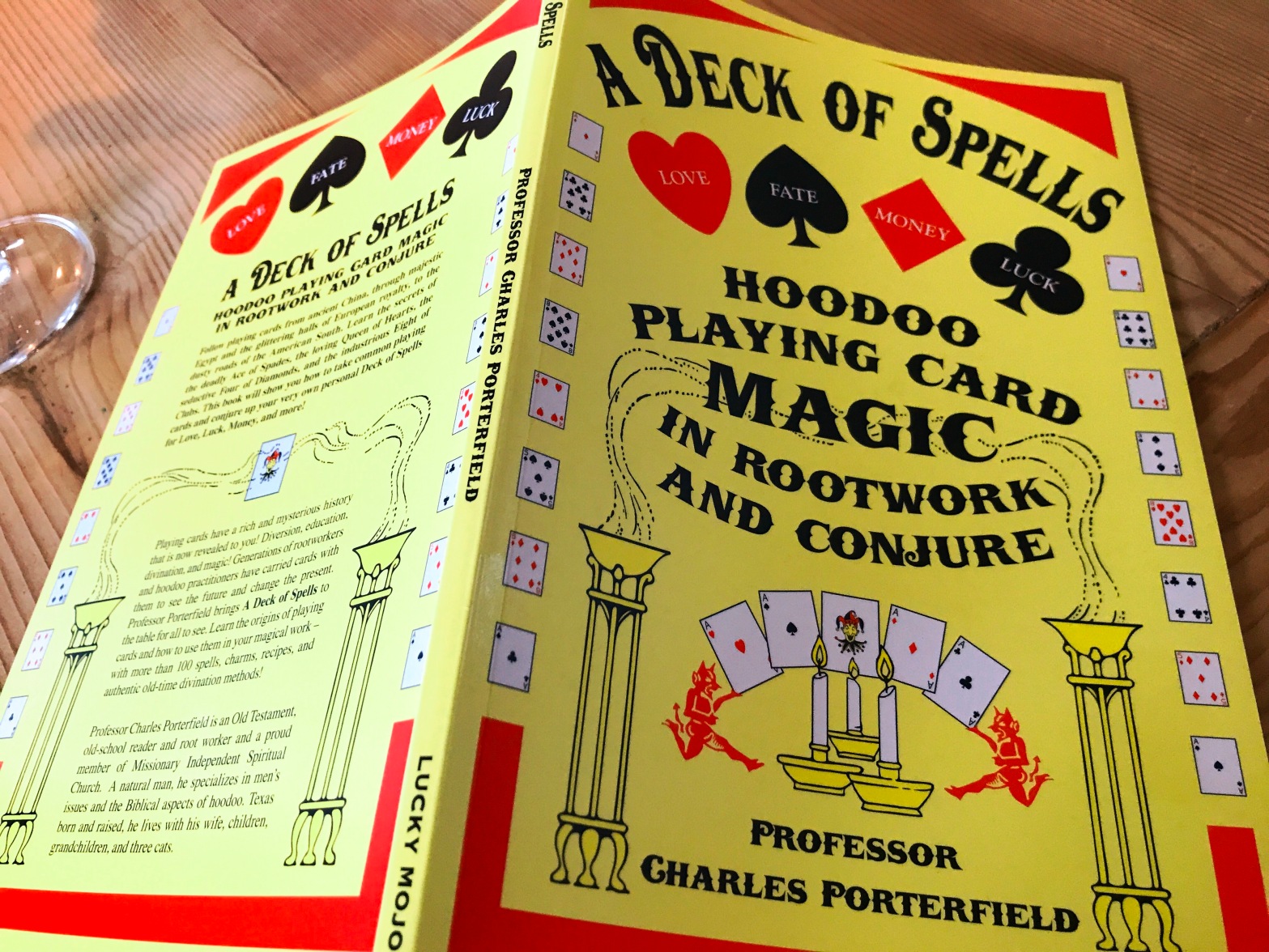


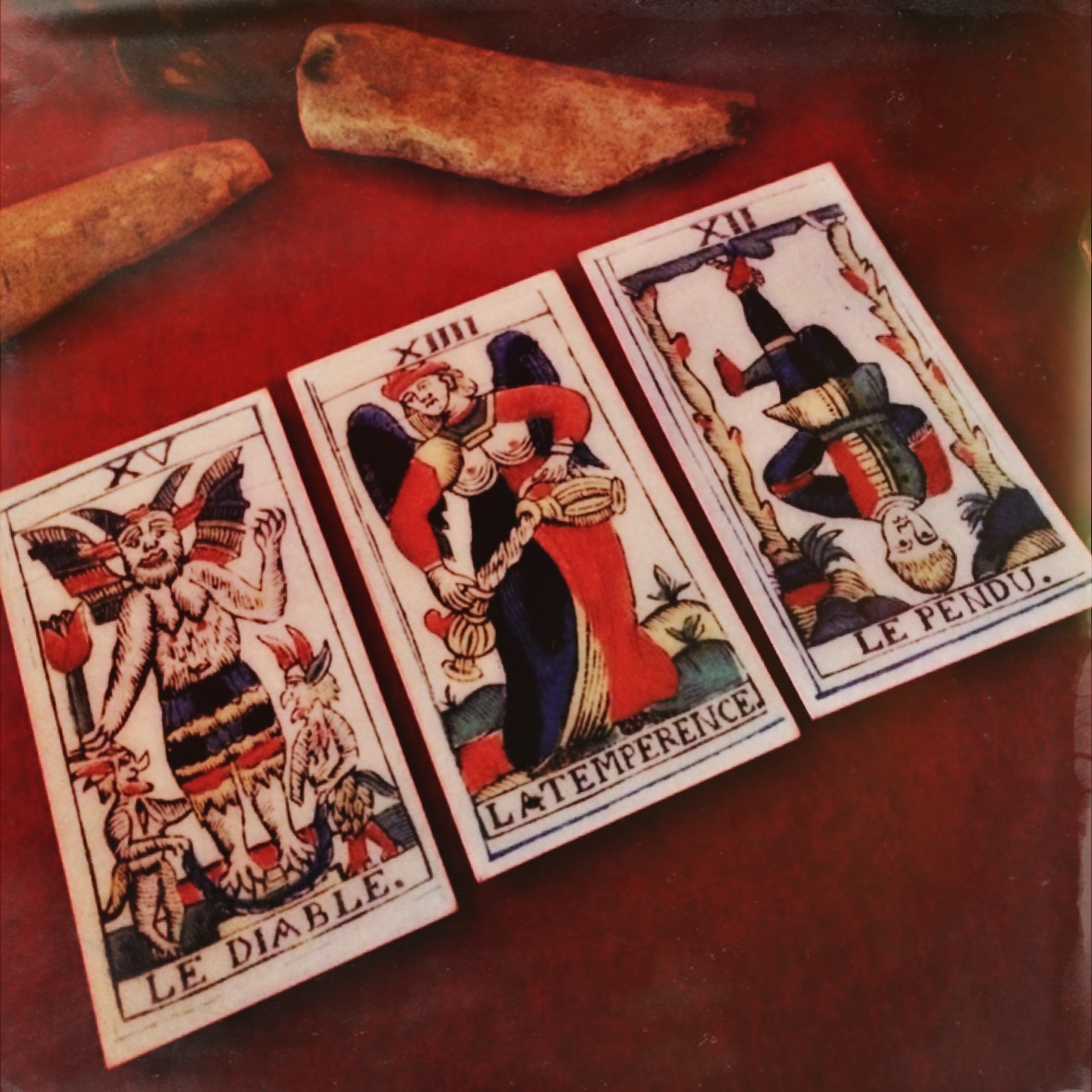









You must be logged in to post a comment.